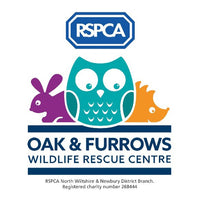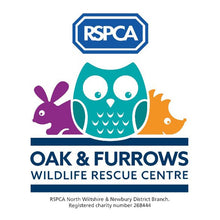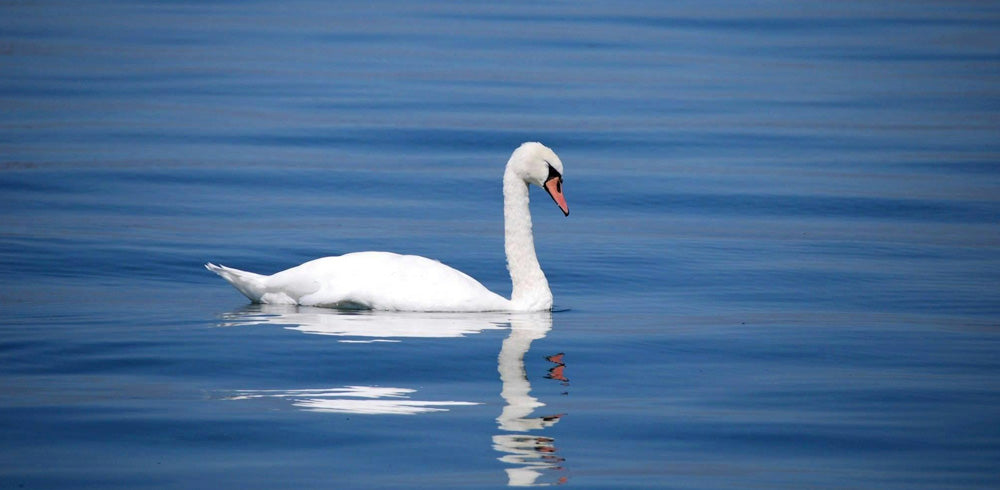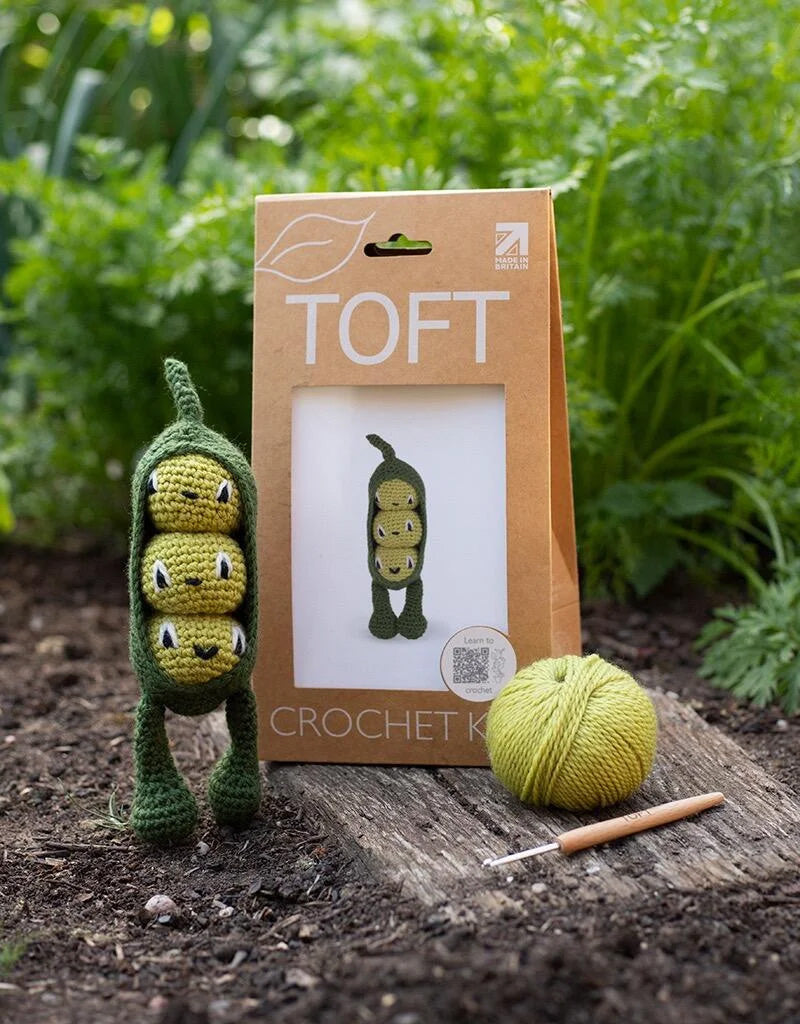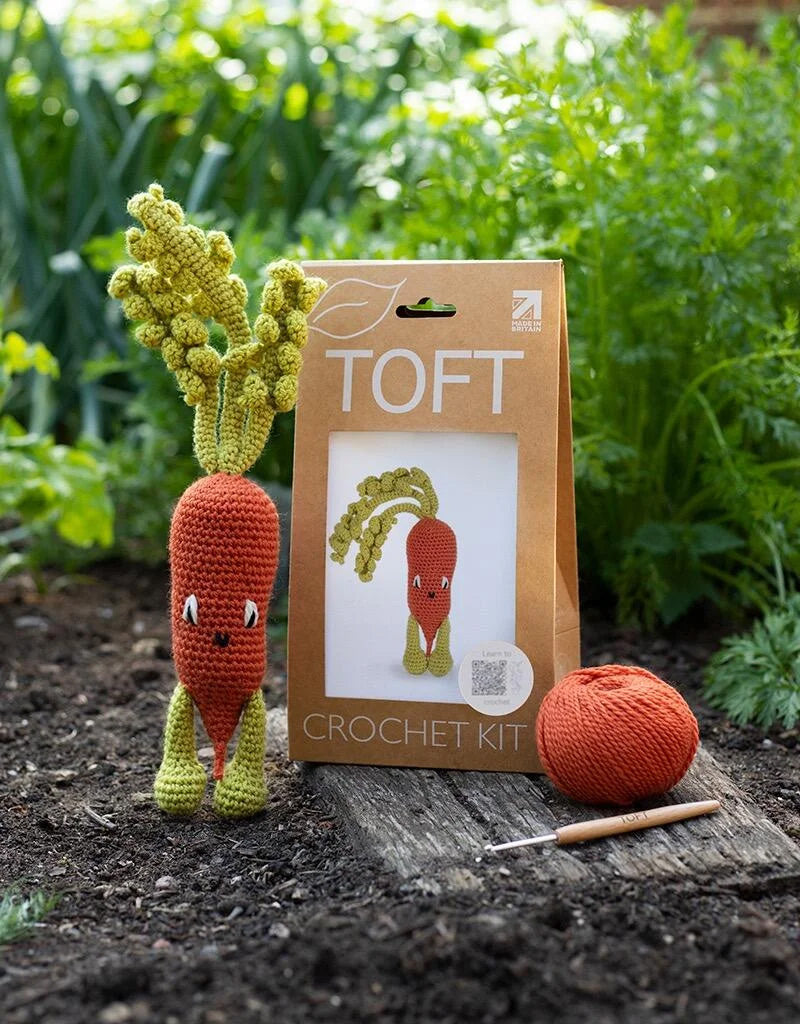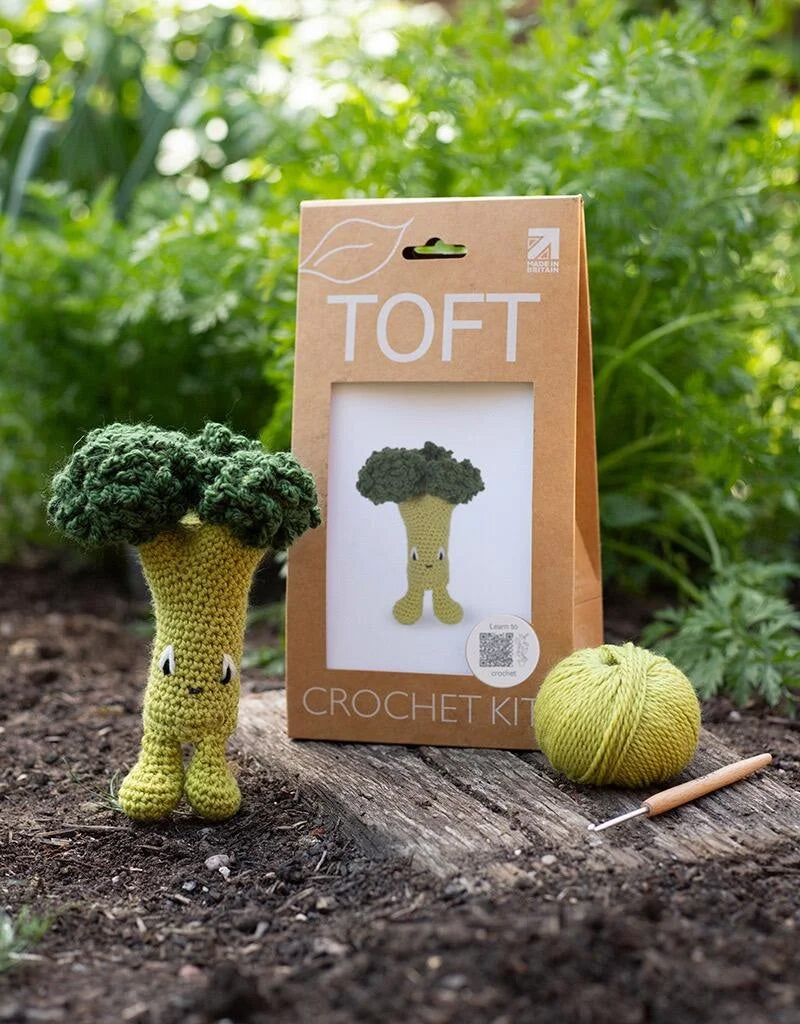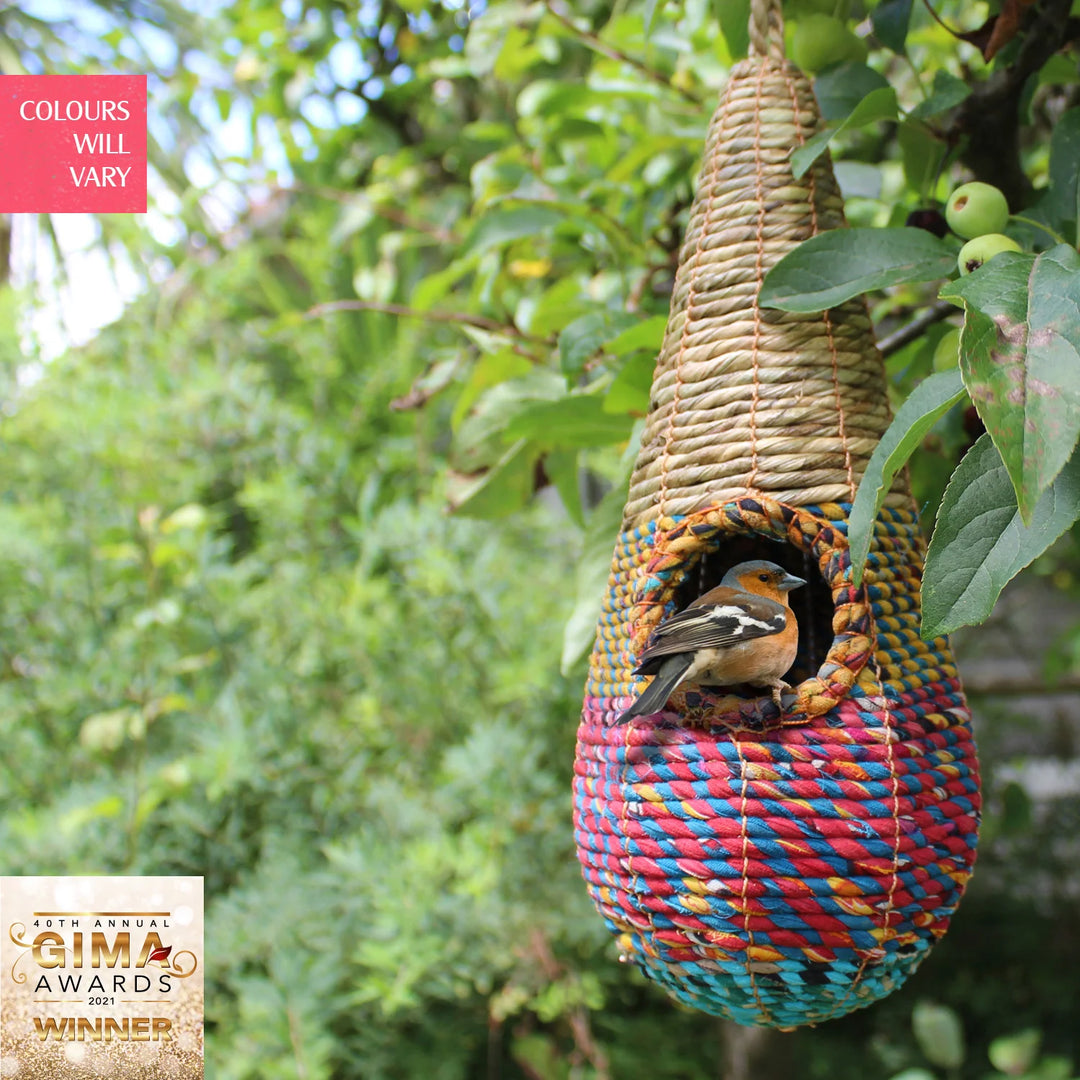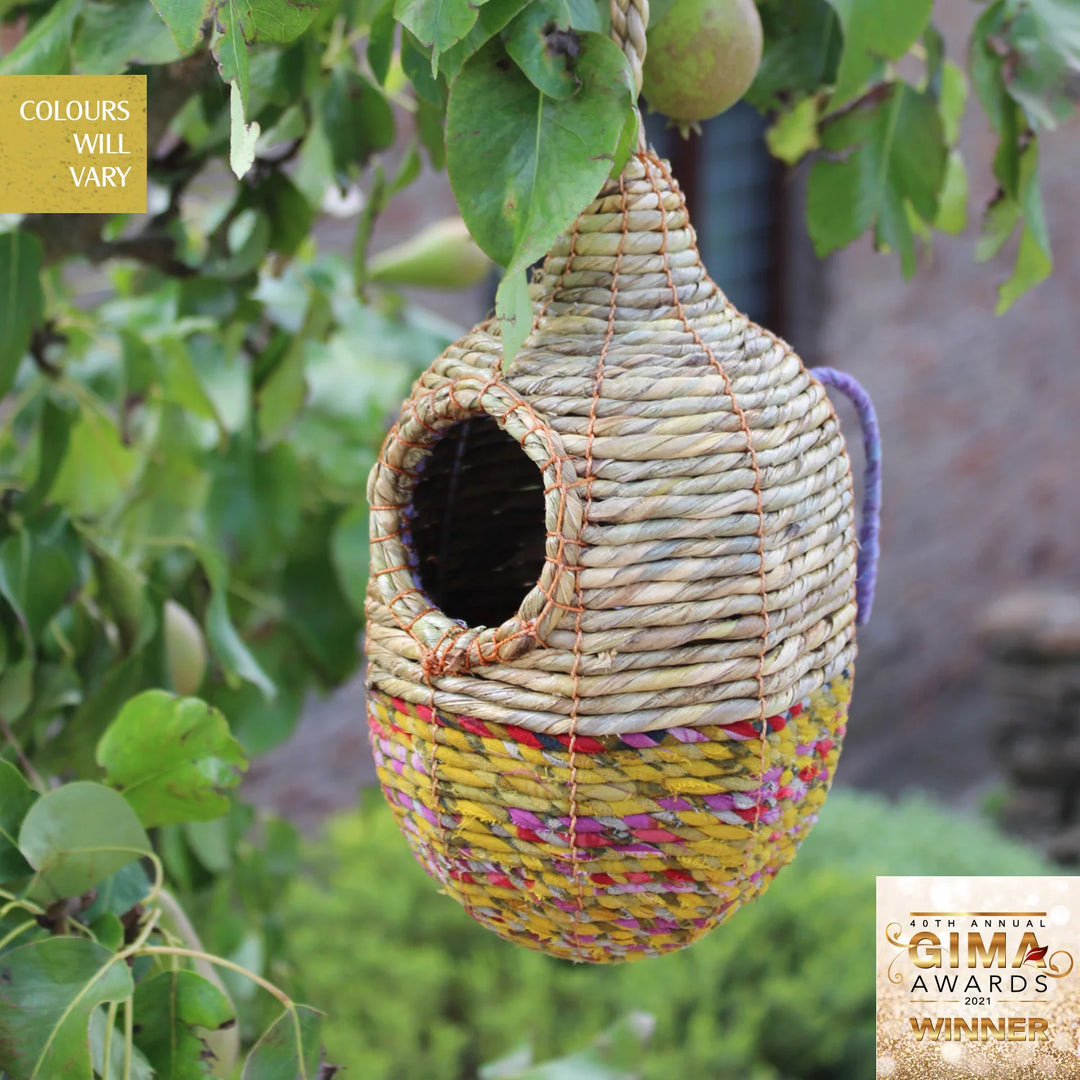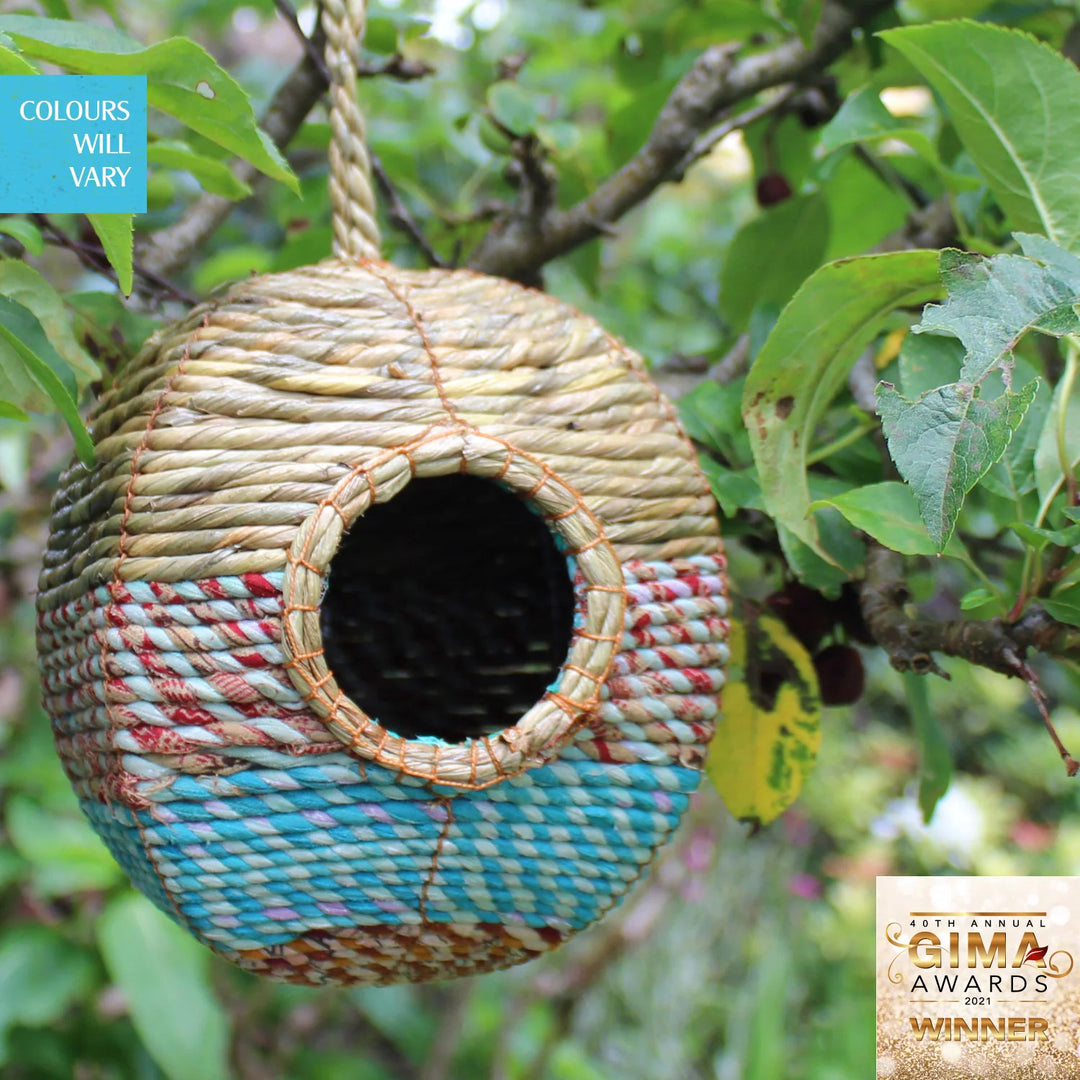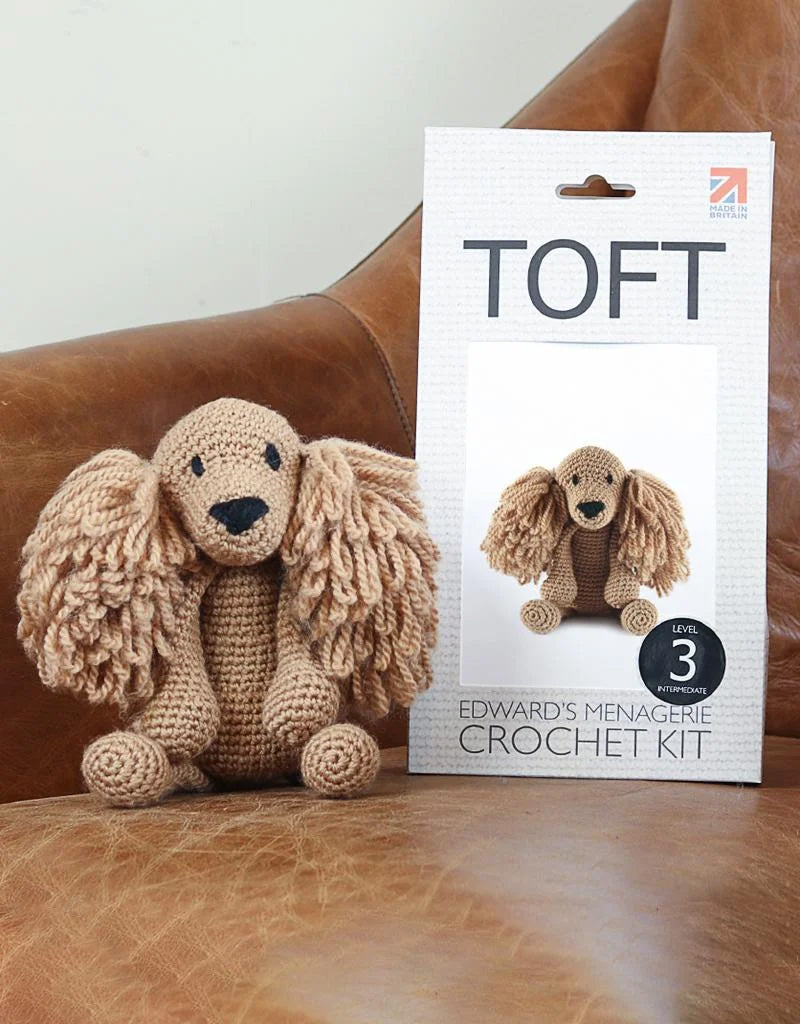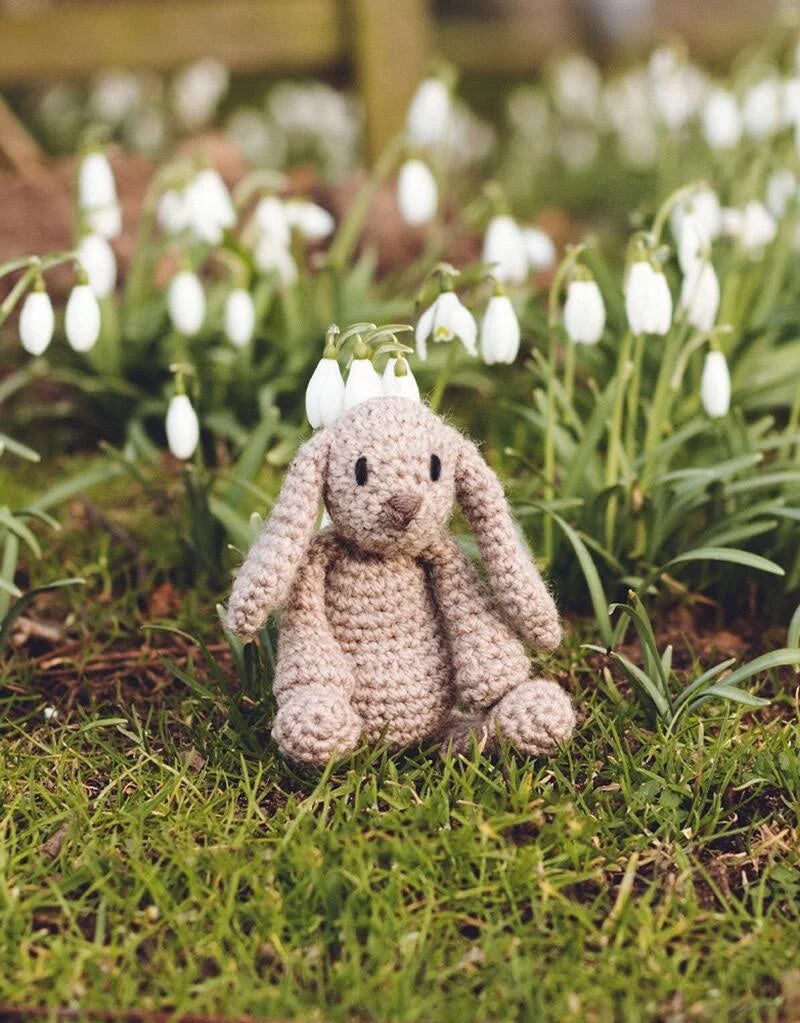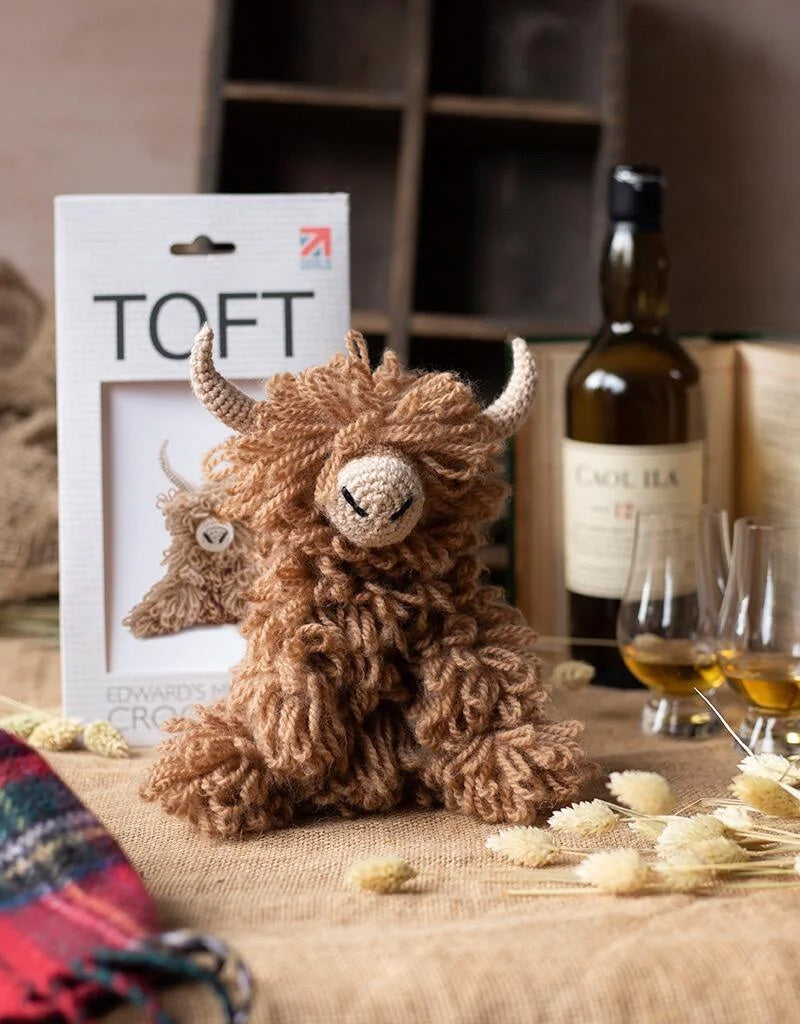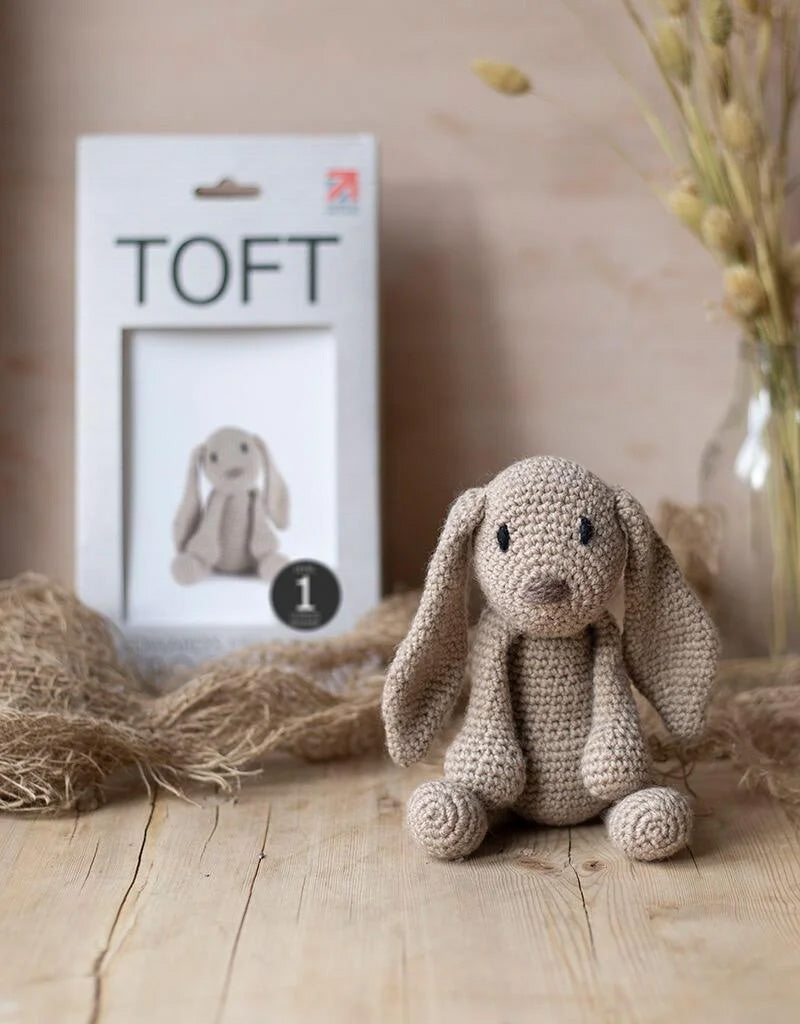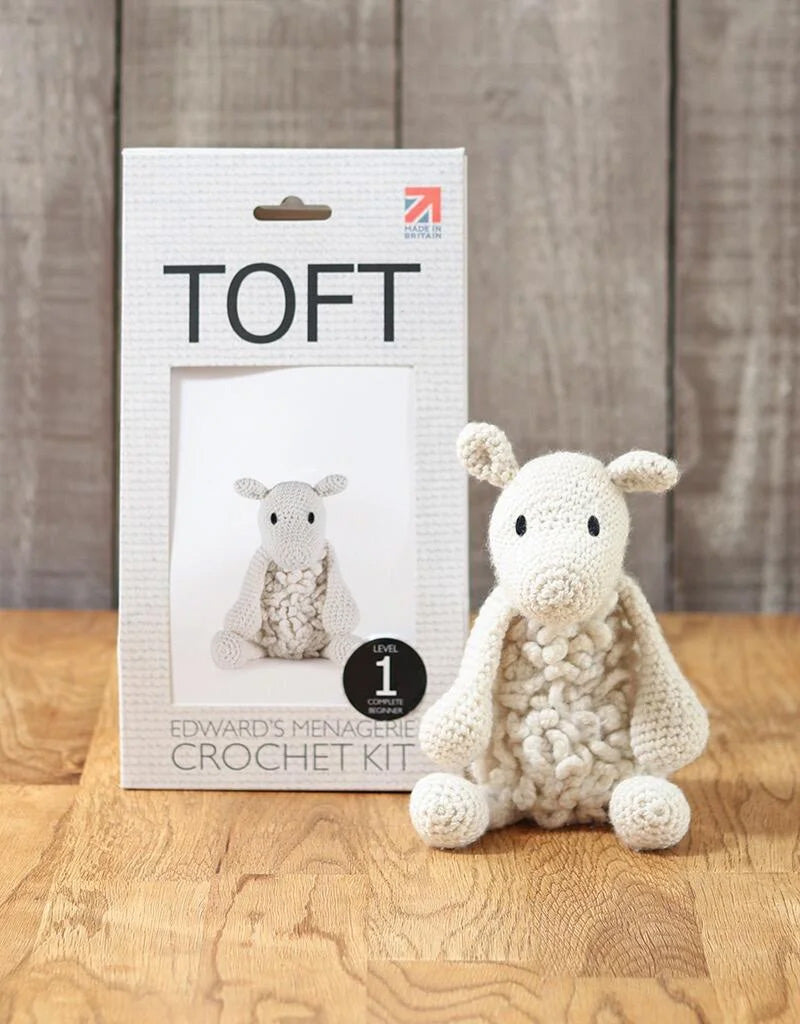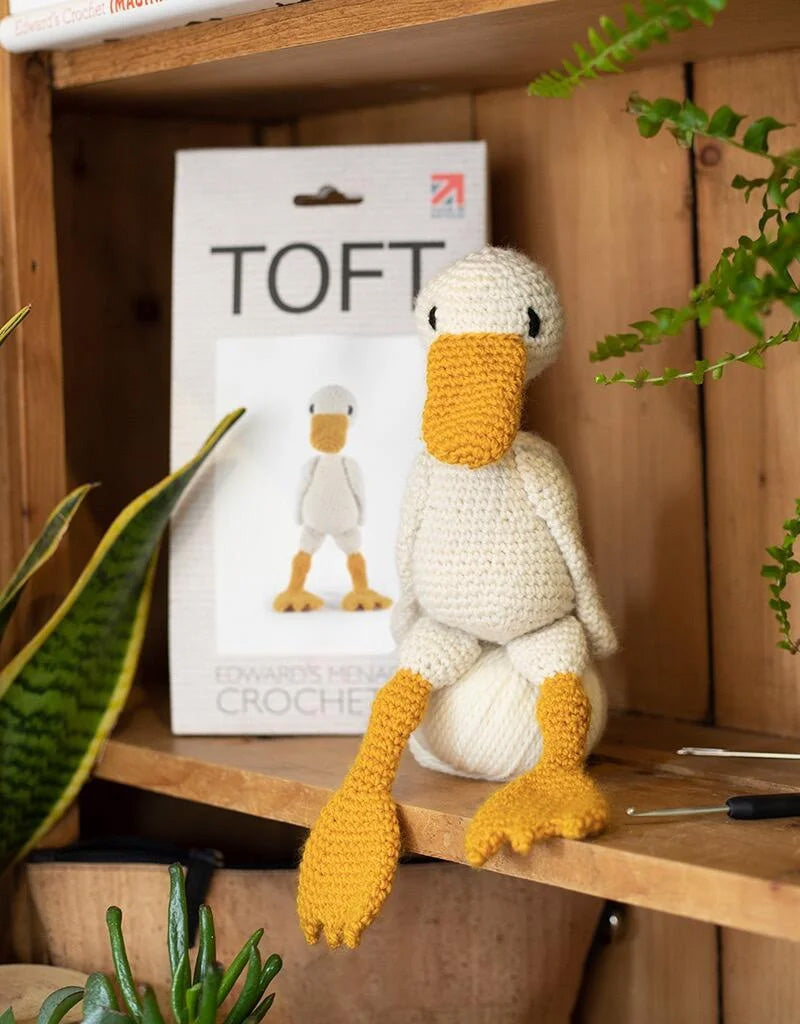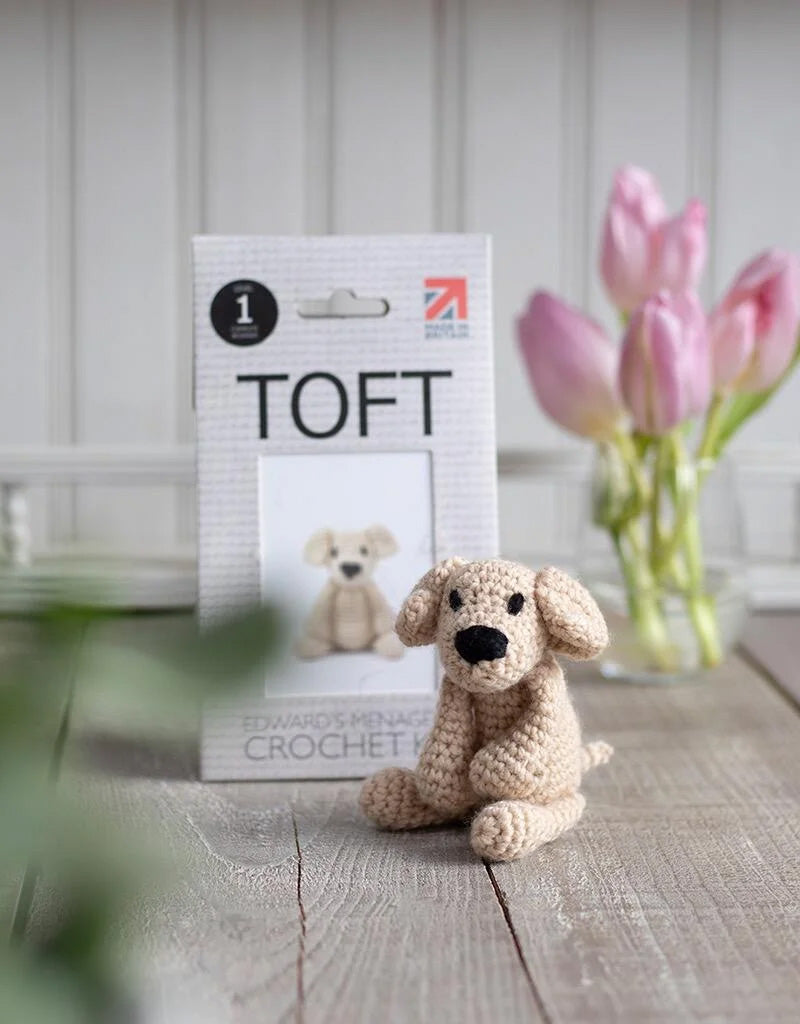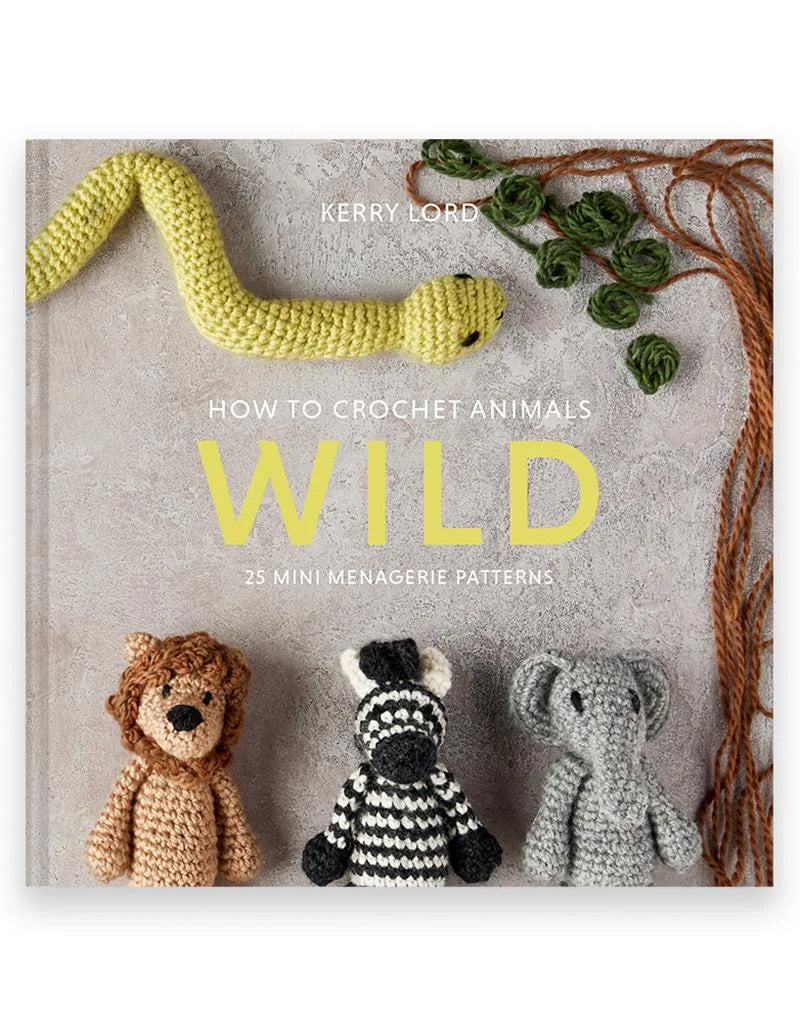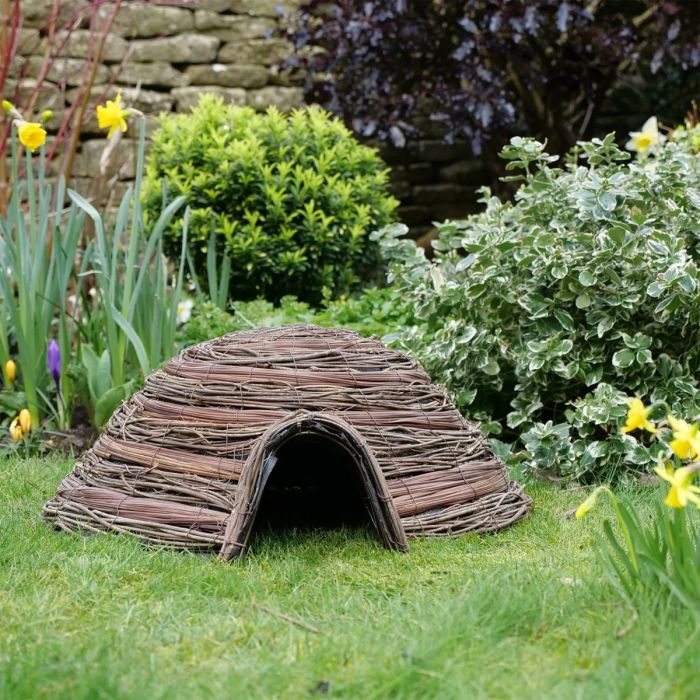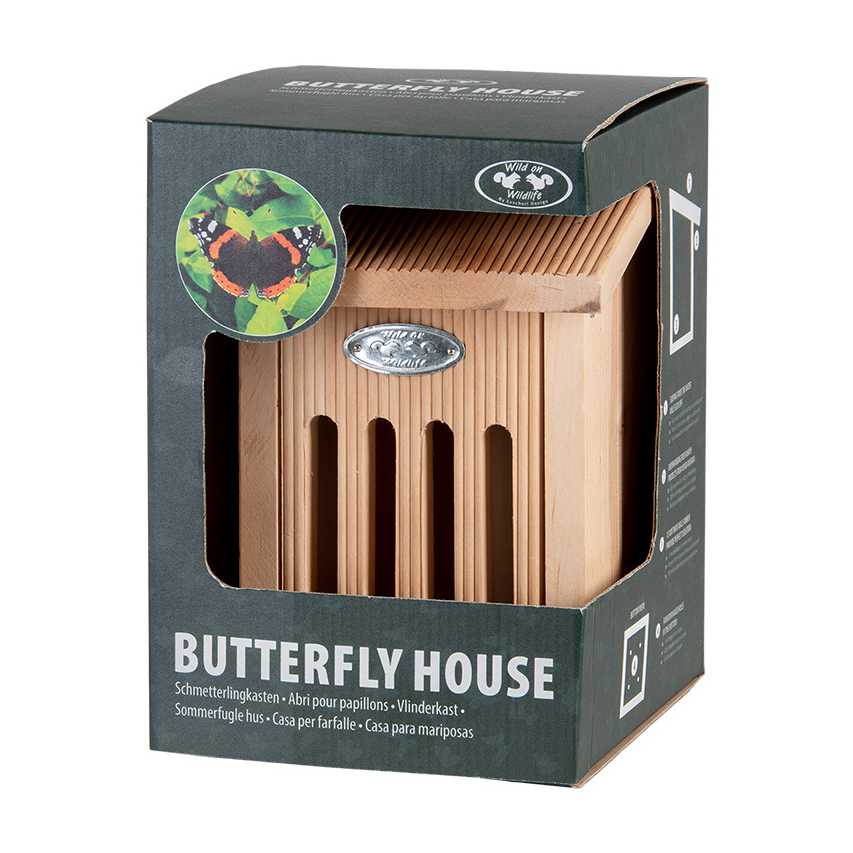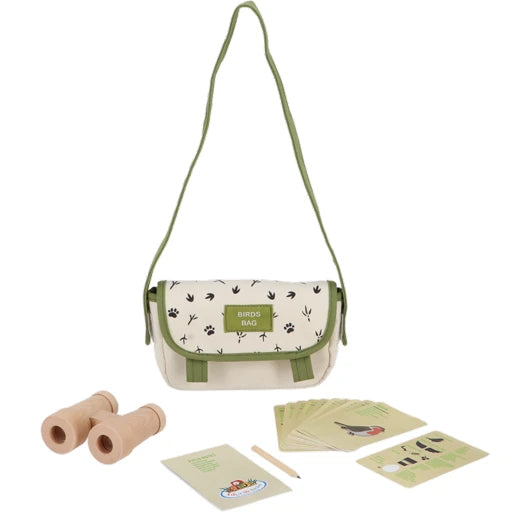Swan
Swans in the UK are a majestic sight to behold, with their graceful presence and stunning plumage. These elegant birds can be found in various habitats across the country, from lakes and rivers to coastal marshes and estuaries. However, despite their beauty, swans in the UK are facing a number of challenges that threaten their survival.
One of the biggest threats to swans in the UK is habitat loss. As wetlands are drained and development encroaches on their natural habitats, swans are finding it increasingly difficult to find suitable nesting sites and food sources. This has led to a decline in their numbers, with some species being classified as endangered.
To help protect swans in the UK, several species are now protected under wildlife conservation laws. This means that it is illegal to harm or disturb swans in any way, including destroying their nests or eggs. Conservation efforts are also underway to restore and protect the wetlands and other habitats that swans rely on for survival.
Swans in the UK are known for their impressive migration patterns. Some species of swans travel thousands of miles each year to reach their wintering grounds in warmer climates. This incredible journey is a testament to the strength and endurance of these magnificent birds.
When it comes to nesting, swans in the UK are known for their elaborate courtship rituals and intricate nest-building skills. Mated pairs will work together to build a large nest out of reeds, grasses, and other materials, usually near the water’s edge. The female will then lay her eggs, which will be incubated by both parents until they hatch.
One of the most striking features of swans in the UK is their plumage. Swans are known for their pure white feathers, which are often contrasted by their bright orange beaks and legs. However, not all swans in the UK are white – some species, such as the mute swan, have grey feathers and black faces.
Swans in the UK are also known for their vibrant colours. In addition to their white feathers, swans may have patches of black, grey, or brown on their bodies. These colours can vary depending on the species and the individual bird.
The beak of a swan is a powerful tool that is used for feeding, preening, and even defending against predators. Swans have long, slender beaks that are adapted for grazing on aquatic plants, insects, and small fish. Their beaks are also used for sifting through mud and water to find food.
When it comes to diet, swans in the UK are primarily herbivores. They feed on a variety of aquatic plants, grasses, and algae, as well as small invertebrates and fish. Swans are known for their voracious appetites, and they can consume large quantities of food each day to fuel their bodies for migration and breeding.
In conclusion, swans in the UK are truly remarkable birds that deserve our admiration and protection. With their stunning plumage, graceful presence, and important role in the ecosystem, swans are a vital part of the natural world. By conserving their habitats, protecting them from harm, and raising awareness about their plight, we can ensure that swans in the UK continue to thrive for generations to come.
One of the biggest threats to swans in the UK is habitat loss. As wetlands are drained and development encroaches on their natural habitats, swans are finding it increasingly difficult to find suitable nesting sites and food sources. This has led to a decline in their numbers, with some species being classified as endangered.
To help protect swans in the UK, several species are now protected under wildlife conservation laws. This means that it is illegal to harm or disturb swans in any way, including destroying their nests or eggs. Conservation efforts are also underway to restore and protect the wetlands and other habitats that swans rely on for survival.
Swans in the UK are known for their impressive migration patterns. Some species of swans travel thousands of miles each year to reach their wintering grounds in warmer climates. This incredible journey is a testament to the strength and endurance of these magnificent birds.
When it comes to nesting, swans in the UK are known for their elaborate courtship rituals and intricate nest-building skills. Mated pairs will work together to build a large nest out of reeds, grasses, and other materials, usually near the water’s edge. The female will then lay her eggs, which will be incubated by both parents until they hatch.
One of the most striking features of swans in the UK is their plumage. Swans are known for their pure white feathers, which are often contrasted by their bright orange beaks and legs. However, not all swans in the UK are white – some species, such as the mute swan, have grey feathers and black faces.
Swans in the UK are also known for their vibrant colours. In addition to their white feathers, swans may have patches of black, grey, or brown on their bodies. These colours can vary depending on the species and the individual bird.
The beak of a swan is a powerful tool that is used for feeding, preening, and even defending against predators. Swans have long, slender beaks that are adapted for grazing on aquatic plants, insects, and small fish. Their beaks are also used for sifting through mud and water to find food.
When it comes to diet, swans in the UK are primarily herbivores. They feed on a variety of aquatic plants, grasses, and algae, as well as small invertebrates and fish. Swans are known for their voracious appetites, and they can consume large quantities of food each day to fuel their bodies for migration and breeding.
In conclusion, swans in the UK are truly remarkable birds that deserve our admiration and protection. With their stunning plumage, graceful presence, and important role in the ecosystem, swans are a vital part of the natural world. By conserving their habitats, protecting them from harm, and raising awareness about their plight, we can ensure that swans in the UK continue to thrive for generations to come.
